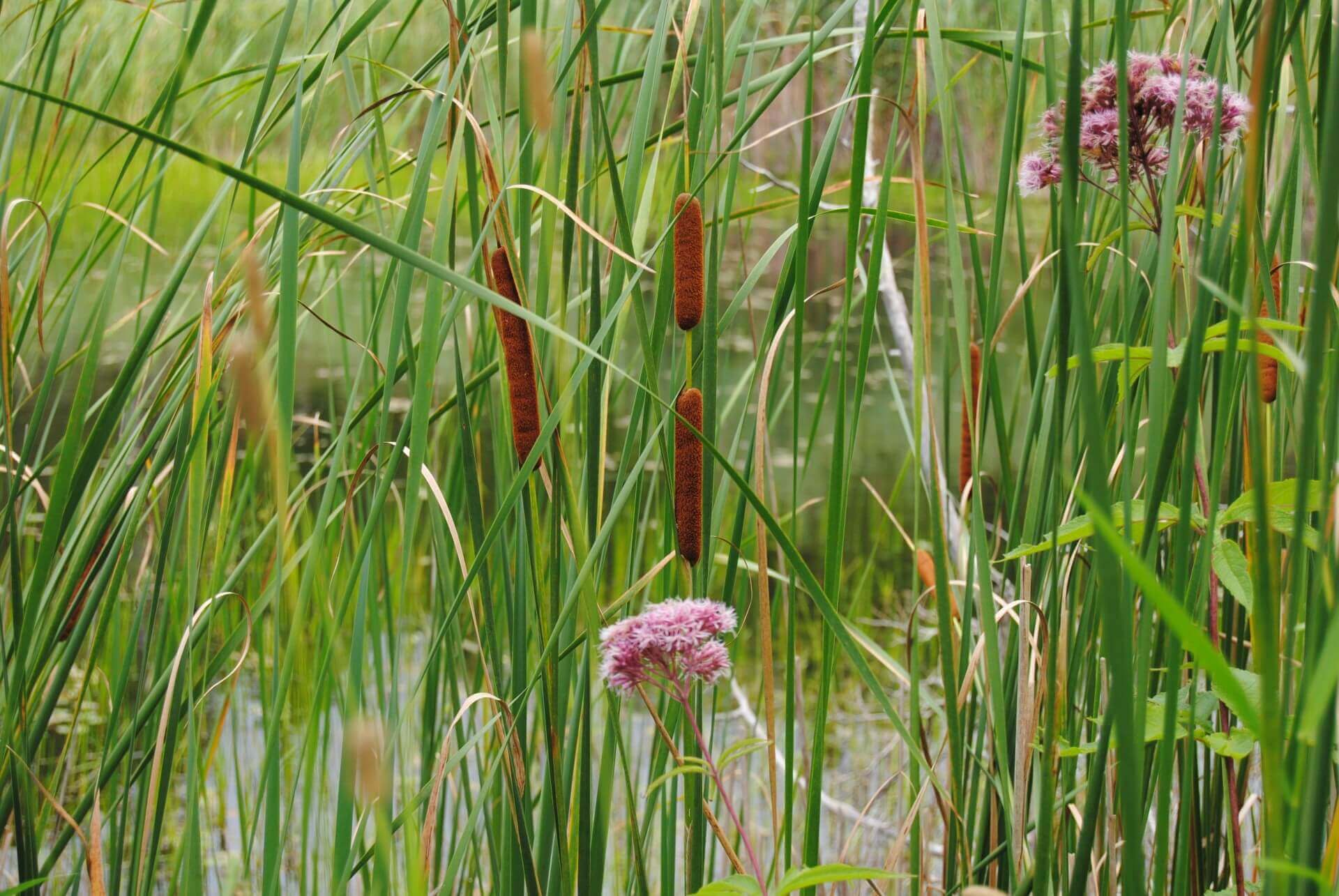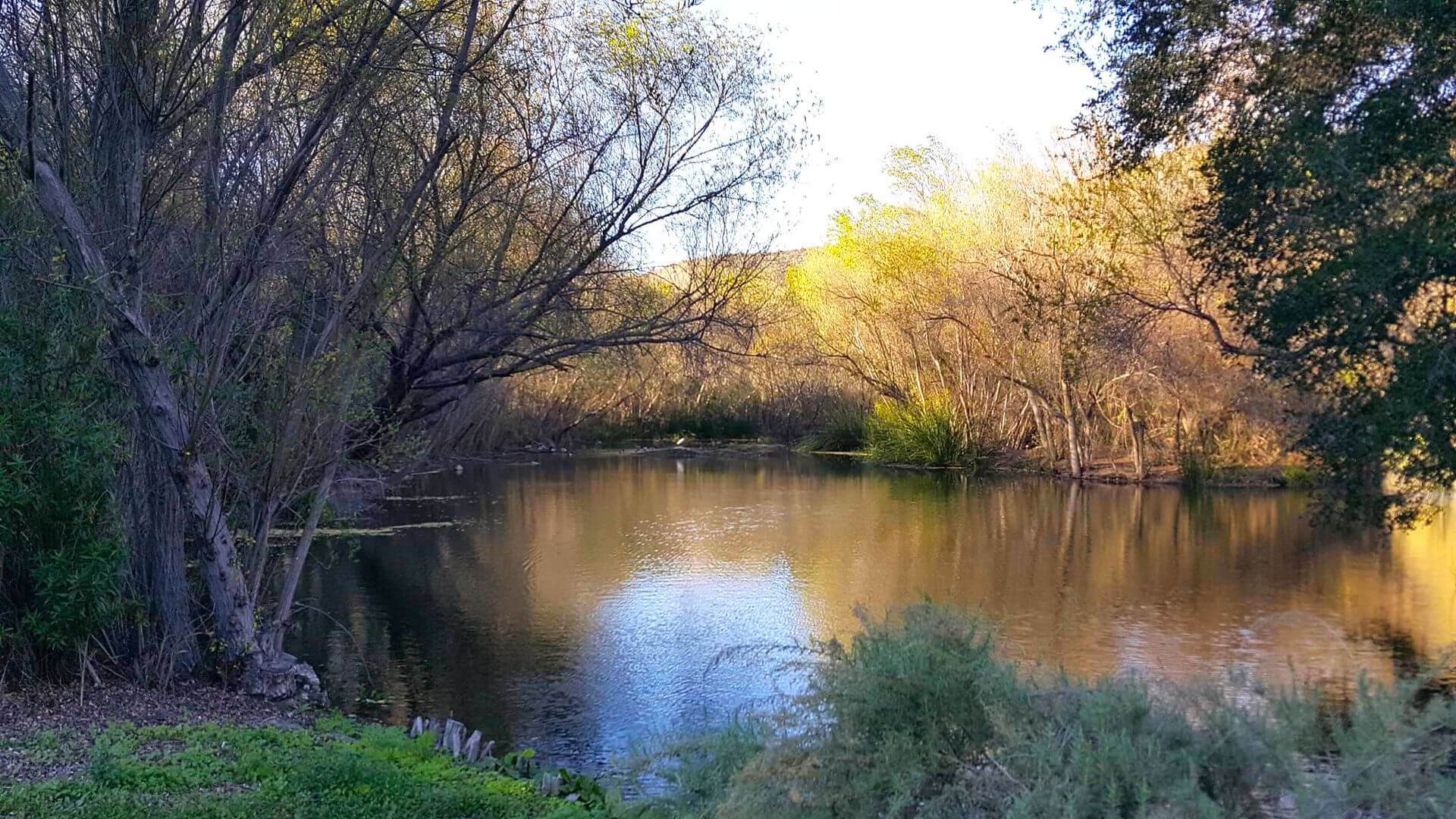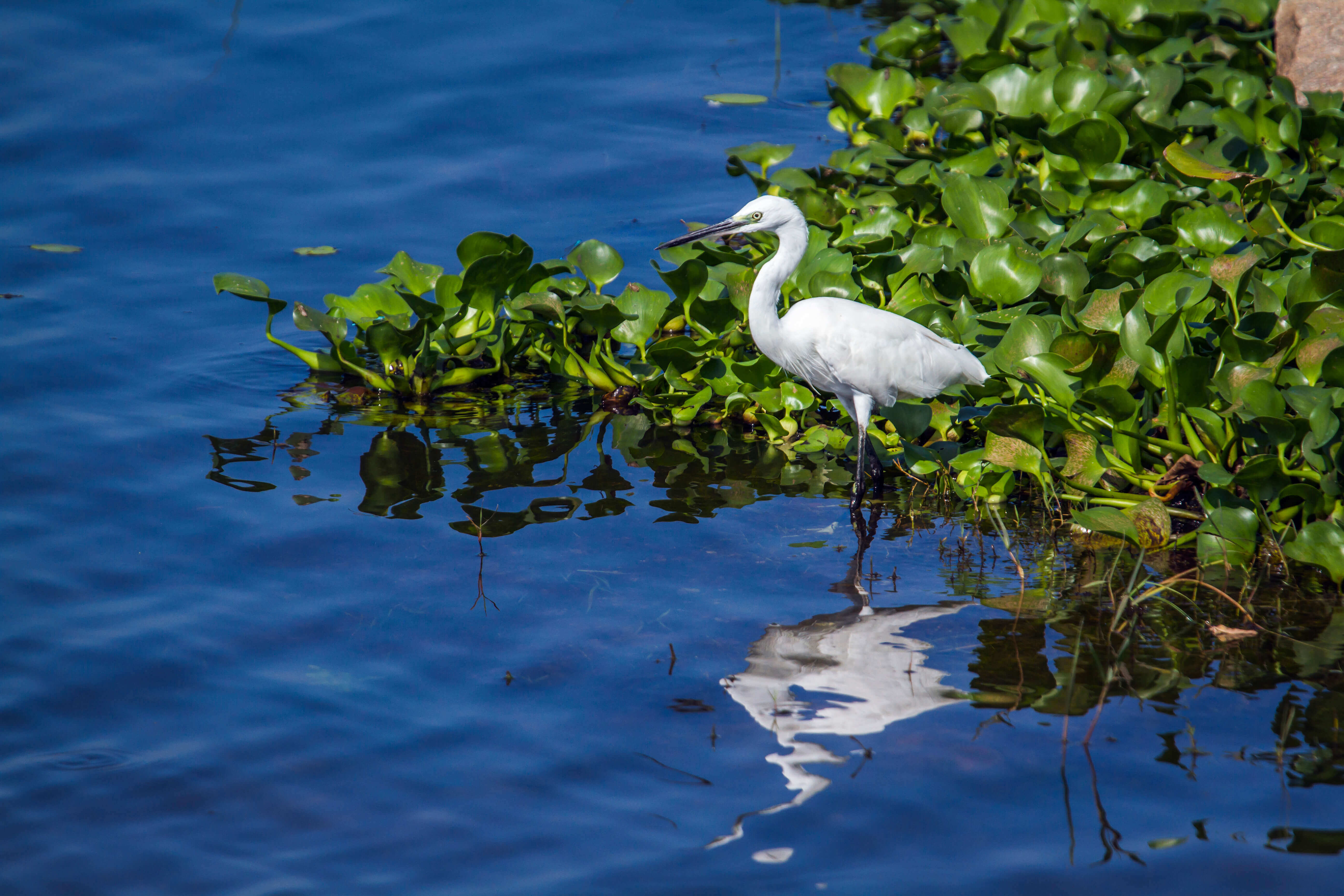



NASA has long worked on self-sustaining life support systems in which plants feed on and purify wastewater. Extending this work, the space agency helped to pioneer a low-cost, environmentally friendly wastewater treatment method now used by a number of communities. Constructed wetlands use aquatic plants to remove pollutants from wastewater. The technique is cheaper than traditional sewage treatment plants and can also regenerate ecologically valuable wetland environments.
In the 1970s, NASA funded an environmental researcher’s studies on plants’ ability to clean the air and water around them. After becoming the head of a NASA environmental research laboratory, the scientist led a successful effort to create a wetland system to treat wastewater. There, vascular aquatic plants remove organic compounds and heavy metals from wastewater. Communities around the country have adopted variations on this technique.
Learn more about how NASA helped develop technology that impacts environmentally safe sewage treatment within your home's bathroom environment!